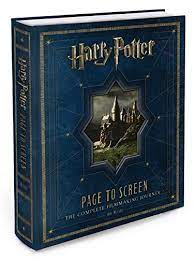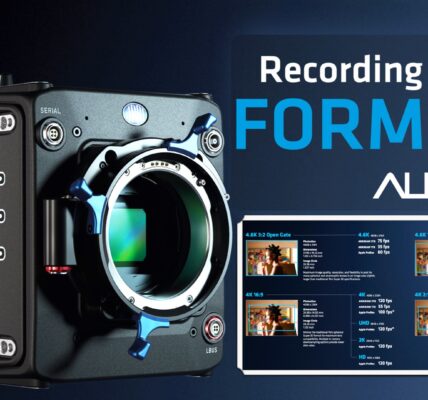Frozen in Time with Jan Troell
He made his debut feature with HERE’S YOUR LIFE (HÄR HAR DU DITT LIV, 1966), about a working-class boy in Sweden, set in the beginning of the 20th century. His next film WHO SAW HIM DIE? (OLE DOLE DOFF, 1968) won the Golden Bear award at the Berlin International Film Festival.
Troell’s major work in the 1970s was the acclaimed THE EMIGRANTS (UTVANDRARNA, 1971) and its sequel THE NEW LAND (NYBYGGARNA, 1972), two epic films about peasants emigrating from the barren Swedish countryside to America in the 19th century. Once again, Troell’s films were based upon the novels of a Swedish working-class author, in this case Vilhelm Moberg’s famous Emigrants suite. THE EMIGRANTS was nominated for several Oscars.
After a brief sojourn in Hollywood, which resulted in the films ZANDY’S BRIDE (1974), starring Gene Hackman and Liv Ullmann, and HURRICANE (1979), Troell returned to Europe and made THE FLIGHT OF THE EAGLE (INGENJÖR ANDRÉES LUFTFÄRD, 1982), a film about S. A. Andrée’s disastrous Arctic balloon expedition of 1897. The film was nominated for yet another Academy Award® (Foreign Language Film).
The release of IL CAPITANO: A SWEDISH REQUIEM (IL CAPITANO, 1991) became controversial as it was based on the brutal murder of a Swedish family just a few years earlier.
Troell has also made documentaries, such as LAND OF DREAMS (SAGOLANDET, 1988), which dealt with modern society’s alienation from nature and A FROZEN DREAM (EN FRUSEN DRÖM, 1997) in which he once again brings up Andrée’s polar expedition.
“When I heard these stories from my wife, I was fascinated with the interiors of a working-class family in the beginning of the 1900s. Her recreations were so vivid that I had to make a film about it.”
Now in his seventies, Troell remains prolific. His latest film, EVERLASTING MOMENTS, details the marriage of Maria (Maria Heiskanen) and Sigfrid Larsson (Mikael Persbrandt), who wed in 1907 and lived through political as well as social upheaval in working-class Sweden. Through the course of her life Maria is confronted with her husband’s alcoholism, infidelity and abuse, and yet despite all this, manages to raise her seven children almost single-handedly. Maria begins taking and developing photographs, a process that is alien to most considering the time and place, but forever miraculous to her.
I spoke to Jan Troell, who was showcasing the film at the International Dublin Film Festival, on the back of a Golden Globe®-nomination for Best Foreign Film, about finding beauty and magic in the most unexpected of places.
Where did the idea for the film come from? I read that it was based on your wife’s novel? Is that right?
No, not quite. My wife wrote a book. It was not really a novel; it was a documentary. It came from interviews that my wife made during a six-year period with a distant relative of hers. It was the eldest daughter of Maria Larsson. Her name is Maja and she is in the film too. She lived until she was 92 years old. During her last six years, my wife interviewed her and recorded it all. Maria Larsson was my wife’s grandfather’s sister. The film takes place during the first years of the previous century. When I heard these stories from my wife, I was fascinated with the interiors of a working-class family in the beginning of the 1900s. Her recreations were so vivid that I had to make a film about it.
Were there visual cues that you could use from this material?
Yes. We had quite a lot of photographs. My wife used this material to write a book, which was published a year ago. The book contains much more material than the film does, but the film is based off of some of that material. So, the book and the film both have the same source, but the film is not an adaptation of a book.











